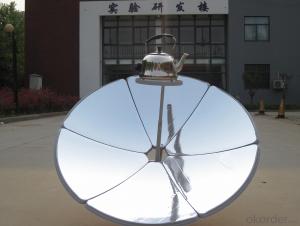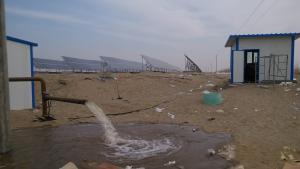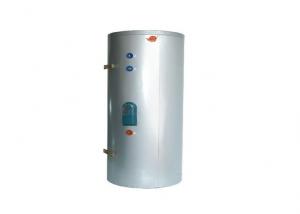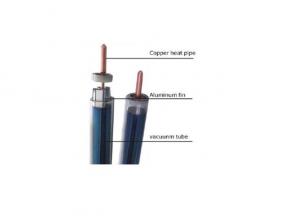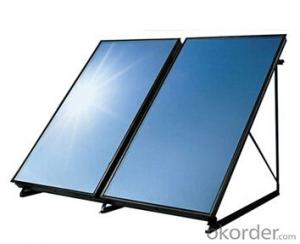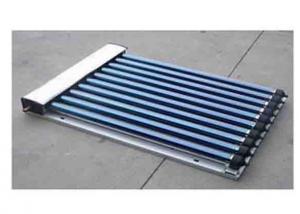Panasonic Solar Inverter
Panasonic Solar Inverter Related Searches
Solar Solar Inverter Japanese Solar Inverter Solar Panel Inverter Inverter Solar Solar Photovoltaic Inverter Solaris Solar Inverter Solar Electric Inverter Power Solar Inverter Solar Energy Inverter Solar Panels Inverter Solar Converter Inverter Solar Inverter Inverter Power Inverter Solar Inverter Solar Panel Toshiba Solar Inverter Solar Pump Inverter Sun Solar Inverter Panel Solar Inverter Samsung Solar Inverter Taiwan Solar Inverter Solar Home Inverter Schneider Solar Inverter Solar Pannel Inverter Solar Inverter Taiwan Solar Plant Inverter Solar Power Plant Inverter Solar Smart Inverter Solar Battery Inverter Solar Energy Power Inverter Solar House InverterPanasonic Solar Inverter Supplier & Manufacturer from China
Panasonic Solar Inverter is a high-quality product designed to optimize the performance of solar panel systems by converting the generated DC power into usable AC power. These inverters are engineered with advanced technology to ensure maximum efficiency and reliability, making them an essential component in any solar energy setup. They are widely used in residential, commercial, and industrial applications where solar power is harnessed to reduce energy costs and contribute to a sustainable environment. The Panasonic Solar Inverter is particularly beneficial in scenarios where grid-tied systems are installed, allowing excess energy to be fed back into the grid or used to power local appliances directly.Okorder.com is a reputable wholesale supplier that offers a vast inventory of Panasonic Solar Inverter products, catering to the needs of various customers worldwide. They pride themselves on providing top-notch products at competitive prices, ensuring that customers receive the best value for their investment. With a commitment to customer satisfaction, Okorder.com ensures that the Panasonic Solar Inverter is readily available for those looking to enhance their solar power systems.
Hot Products


















